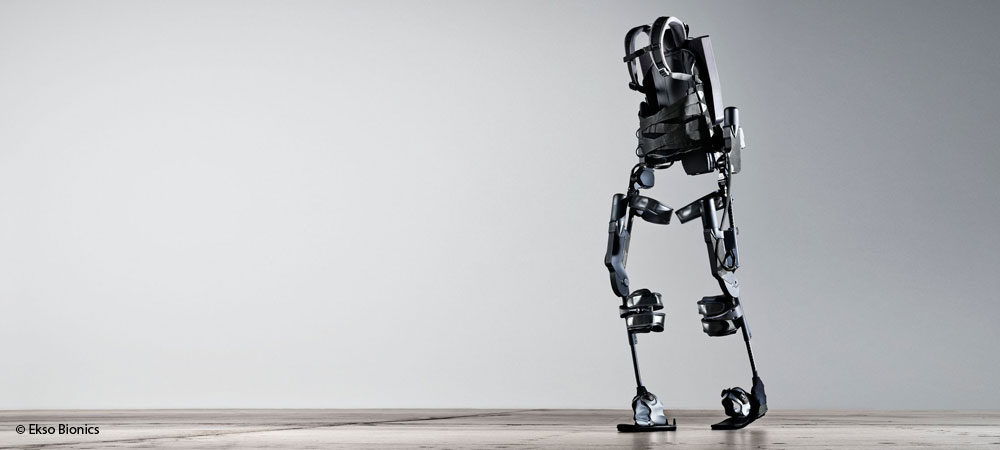Table of contents
Nobody knows what will be the next big game changer in the way we do things, after the introduction of internet, but many think this may have to do with the introduction of robots into our all day life. Currently we hear and see often news about revolutionary technology, such as drones and self-driving cars. For many people such devices are maybe not what they think of when they hear the word ‘robot’, but for an engineer such machines are robots in all aspects.
In this article we will focus on “robotics for mobility” or “wearable robots”; yet another field of robotics that is around the corner, and that also maybe will change the way we work and move and organize ourselves.
Since years we have seen ‘exoskeletons’ in the fantasy of many Hollywood movies; complex machines, worn by people like a suit, providing them with superman-like powers, in order to fight aliens, or to fight the evil enemy. Of course, as with other robots in movies, what is depicted is for a large part a caricature, and merely science fiction, but it also has a realistic core in current developments.
For example, in recent years we can see more and more medical exoskeletons becoming available in real life; devices that allow people that were always bound to their wheelchair to once again walk upright, albeit for short distances, for simple tasks, and short periods of time. These real medical exoskeletons are used to provide rehabilitation training for people after suffering from a CVA or other brain damage, or to give wheelchair-bound people with for example Spinal Cord Injury, the opportunity to now and then walk as an able bodied person.
Beside of these medical products, we also see the first products appear in this field that are designed to help workers in carrying out heavy tasks, such as heavy lifting, of walking large distances, for example in luggage handling in airports or in large distribution centers. The motivation for the technology in such applications is to prevent back injury, or to compensate for small losses of function, in order to keep the aging workforce in business for longer, with less health problems, in the near future: less workers may be able do the same heavy work, people can work to an older age, suffering less injury. This is relevant in production industry, such as automotive, or construction, or logistics.
Despite this emerging success there is still a lot to do for researchers and engineers developing such technology. To name a few important limitations of the current technology; often the devices are bulky and although they help carrying out one specific task, they hinder performing other mobility tasks: you can lift much more weight, but it becomes difficult to walk normally. Also, in medical applications, the exoskeleton helps to carry your weight, and to make a new step, but it does not help to keep balance and not fall, for this the user always needs to use crutches or other balance supports.
Another issue is the control: it is still very difficult to let the device know what you want to do, so that it supports all specific mobility actions and it will help you turn, walk up or down stairs, sit down, start to run, and all such actions. Yet another issue is the amount of energy the devices use and the limited capacity of batteries to operate such devices for a long range. Finally, the costs of building a good state of the art exoskeleton, are still such that it can only be afforded be for specific application where high costs are less of a problem, such as for medical applications.
Nevertheless, the upswing of this type of wearable robots that support our body movements, will appear to be unstoppable; the components for such technology, sensors, actuators, batteries, computers, all are becoming so powerful and small, that many futuristic applications are coming into realistic reach.
Probably this wearable robotic technology will become more and more like a robotic high-tech suit, better embodied, with good ergonomic and control features, compared to the current ‘first generation exoskeletons”.
Like for so many robotic applications, it is an exciting time for “robotics for mobility”.
*Image provided by Ekso Bionics TM

